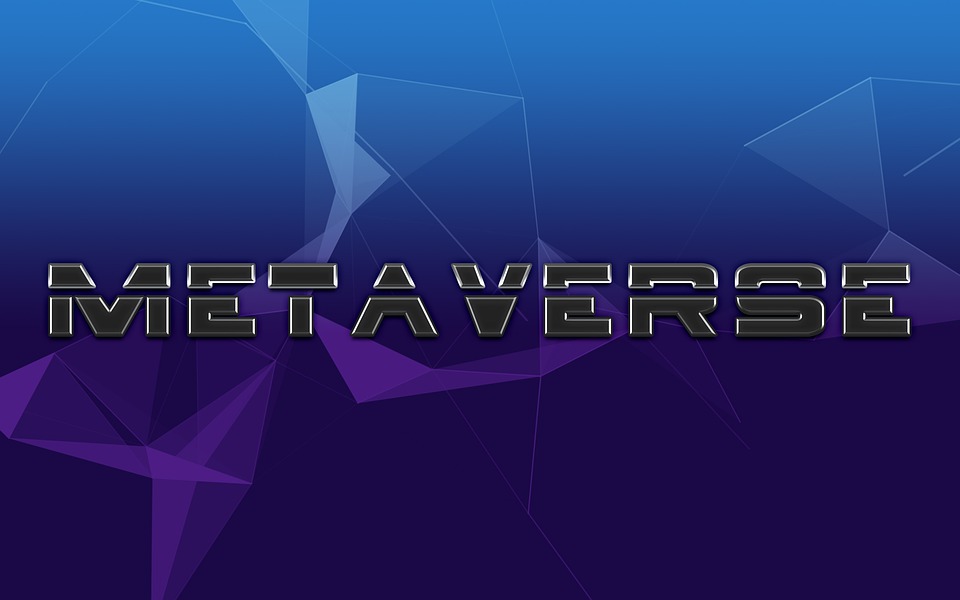Technology
An Ultimate Guide To Develop Your Online Marketplace
by Author
-
Tuesday, October 31, 2023
169 Views
Introduction
In today’s digital world, online marketplaces have become the go-to platform for buying and selling goods and services. With the rapid growth of e-commerce, developing your online marketplace can be a lucrative venture. An online marketplace provides a platform where multiple vendors can sell their products or services, making it a one-stop shop for consumers. This article will guide you through developing your online marketplace and help you understand the key features and benefits of such a platform.
Benefits of Developing Your Online Marketplace
Developing your online marketplace offers a myriad of benefits for both vendors and consumers. For vendors, it provides a ready-made platform to showcase their products or services to a broad audience. They can reach customers beyond their local area and tap into new markets. Additionally, vendors can benefit from the marketing and promotional activities carried out by the marketplace owner, saving them time and effort. On the other hand, consumers benefit from the convenience of finding various products or services in one place, comparing prices, and reading reviews from other buyers. The competitive nature of online marketplaces also ensures that consumers get the best deals.
Key features of a booming online marketplace
To create a booming online marketplace, certain key features are essential:
- A user-friendly interface ensures vendors and consumers can navigate the platform easily. The marketplace should have search and filtering options, allowing users to find what they are looking for quickly.
- A secure payment gateway is vital to build trust and protect sensitive customer information. The marketplace should also have a rating and review system, enabling buyers to make informed decisions based on the experiences of other customers.
- A responsive customer support system is crucial to address any issues or concerns promptly.
Understanding marketplace development
Developing an online marketplace involves various stages, from conceptualization to launch. It begins with identifying your target market and understanding their needs and preferences. Conducting market research will help you determine the demand for your marketplace and identify potential competitors. Once you have a clear idea of your target audience, you can start designing the platform and mapping out its features and functionalities. It is also essential to define your revenue model, whether it’s through commissions, subscription fees, or advertising. Once these aspects are defined, you can move on to the development phase, where you must hire developers or a development team.
Choosing the right platform for marketplace development
Choosing the right platform for marketplace development is crucial for the success of your venture. Various options are available, ranging from open-source solutions to fully customizable platforms. Open-source platforms like Magento and WooCommerce offer flexibility and cost-effectiveness but may require technical expertise to set up and maintain. On the other hand, fully customizable platforms like Shopify and Sharetribe allow you to create a unique marketplace tailored to your specific needs but may come at a higher cost. Consider scalability, security, and ease of use when selecting a platform.
Steps to Develop Your Online Marketplace
Developing your online marketplace can be a complex process, but breaking it down into steps can make it more manageable. Here are the key steps involved:
- Market research: Identify your target audience, analyze the competition, and determine the demand for your marketplace.
- Design and planning: Create wireframes and prototypes to visualize the user interface and map out the features and functionalities of your marketplace.
- Development: Hire remote developers or a development team to build the marketplace based on your design and requirements.
- Testing: Conduct thorough testing to ensure the platform is functioning correctly and free from bugs or glitches.
- Launch: Once the testing phase is complete, it’s time to launch your marketplace. Promote it through various marketing channels to attract vendors and consumers.
- Maintenance and updates: Regularly monitor the performance of your marketplace and make necessary updates and improvements based on user feedback and market trends.
Hiring remote developers for marketplace development
When hiring developers for marketplace development, opting for remote developers can offer several advantages. Remote developers provide flexibility regarding time zones and locations, allowing you to tap into a global talent pool. They often have diverse skill sets and experience working on similar projects, which can benefit your marketplace. However, it is crucial to establish clear communication channels, set project milestones, and ensure the developers have the necessary infrastructure and tools to work effectively. Consider using project management tools and conducting regular video conferences to stay connected and track progress.
Best practices for multivendor marketplace development
Developing a multivendor marketplace requires careful planning and implementation. Here are some best practices to follow:
- Straightforward vendor onboarding process: Provide a seamless onboarding process for vendors, including easy registration, product listing, and inventory management.
- Transparent communication: Establish clear communication channels between vendors and consumers, enabling smooth interactions and resolving any disputes or issues promptly.
- Effective marketing and promotion: Implement robust marketing strategies to attract vendors and consumers to your marketplace. Utilize social media, content marketing, and search engine optimization to drive traffic and increase visibility.
- Continuous improvement: Regularly gather feedback from vendors and consumers to identify areas for improvement and implement necessary changes to enhance the user experience.
- Security and trust: Implement strong security measures to protect sensitive information and build trust among vendors and consumers. Use secure payment gateways and ensure that the marketplace is compliant with data protection regulations.
Successful case studies of eCommerce marketplace development
Looking at successful case studies of eCommerce marketplace development can provide valuable insights and inspiration for your venture. One such case study is Etsy, a global marketplace for handmade and vintage products. Etsy gained popularity by focusing on niche markets and offering a unique selling proposition. Another example is Airbnb, an online marketplace for lodging, which disrupted the traditional hotel industry by connecting homeowners with travelers. Airbnb’s success can be attributed to its user-friendly platform, robust verification system, and personalized user experience. Studying these case studies can help you understand the strategies and approaches that led to their success and apply them to your marketplace.
Conclusion
Developing your online marketplace can be a rewarding endeavor, providing opportunities for both vendors and consumers. By understanding the benefits, key features, and steps involved in marketplace development, you can embark on this journey with confidence. Remember to choose the right platform, hire experienced developers, and follow best practices to ensure the success of your marketplace. With proper planning, continuous improvement, and a customer-centric approach, you can create a thriving online marketplace that meets the needs of your target audience. So, leap and start building your online marketplace today!






